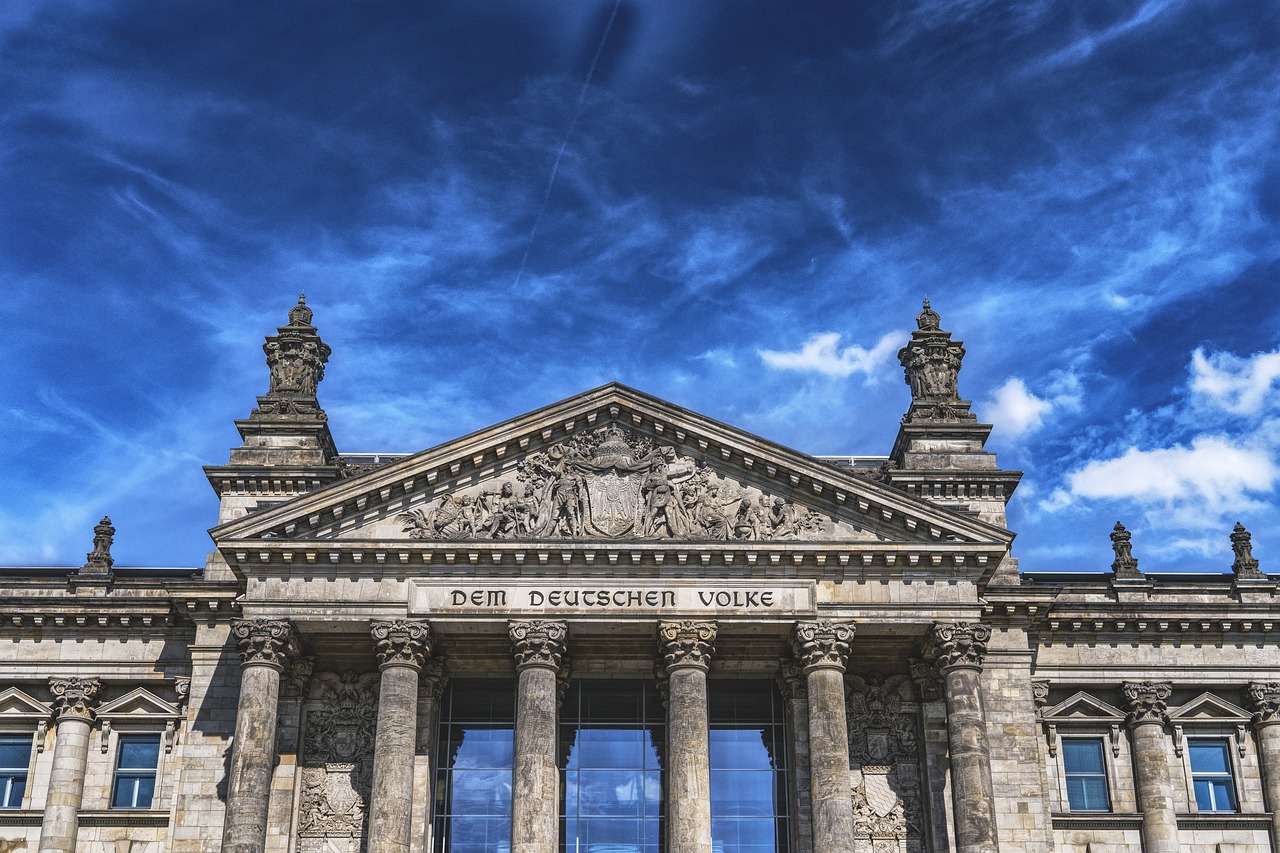Political Demonstrations and Their Influence on Voter Engagement
Political demonstrations have been a powerful tool used by people throughout history to voice their grievances, demand change, and challenge authority. Dating back to ancient times, these public displays of dissent have played a significant role in shaping societies and influencing political outcomes. From peaceful protests to violent uprisings, political demonstrations have been a key feature of movements for social justice, democracy, and human rights.
One of the earliest recorded political demonstrations took place in ancient Rome when the plebeians protested against the patrician class for more rights and representation. Over the centuries, political demonstrations have evolved in form and scale, ranging from local rallies to nationwide revolutions. From the French Revolution to the Civil Rights Movement in the United States, these demonstrations have left an indelible mark on history, inspiring future generations to stand up for their beliefs and fight for a better world.
The Role of Social Media in Political Demonstrations
Social media platforms have revolutionized the way political demonstrations are organized and executed in today’s digital age. With the ability to reach a vast audience in real-time, social media has become a powerful tool for mobilizing support and amplifying voices that may have otherwise gone unheard. From coordinating logistics to spreading information and galvanizing like-minded individuals, platforms such as Twitter, Facebook, and Instagram have become instrumental in shaping the landscape of political activism.
Furthermore, social media provides a platform for marginalized groups to share their stories and grievances directly with the public, bypassing traditional gatekeepers in the media. This direct line of communication has enabled grassroots movements to garner widespread attention and support, often leading to tangible change. By harnessing the viral nature of social media, activists and advocacy groups can quickly raise awareness about pressing issues and mobilize a global audience to take action in solidarity with their cause.
The Impact of Political Demonstrations on Government Policies
Political demonstrations have long been a tool for citizens to voice their dissent and push for change in government policies. When large numbers of people gather to protest against a particular policy or decision, it can send a strong message to policymakers that the public is unhappy and demands action.
In response to these demonstrations, governments may choose to reassess their policies and make concessions in order to appease the protesters. In some cases, political demonstrations have led to significant policy changes, demonstrating the power that citizens hold in influencing government decisions.
What is the history of political demonstrations?
Political demonstrations have been used as a form of protest throughout history to bring attention to social, political, and economic issues. Some famous examples include the Civil Rights Movement in the United States and the Arab Spring in the Middle East.
How has social media changed the landscape of political demonstrations?
Social media has played a significant role in organizing and amplifying political demonstrations. Platforms like Twitter and Facebook allow for rapid dissemination of information and coordination of protest activities.
What impact do political demonstrations have on government policies?
Political demonstrations can have a significant impact on government policies by bringing attention to specific issues and putting pressure on policymakers to address them. In some cases, demonstrations have led to policy changes or the resignation of government officials.







